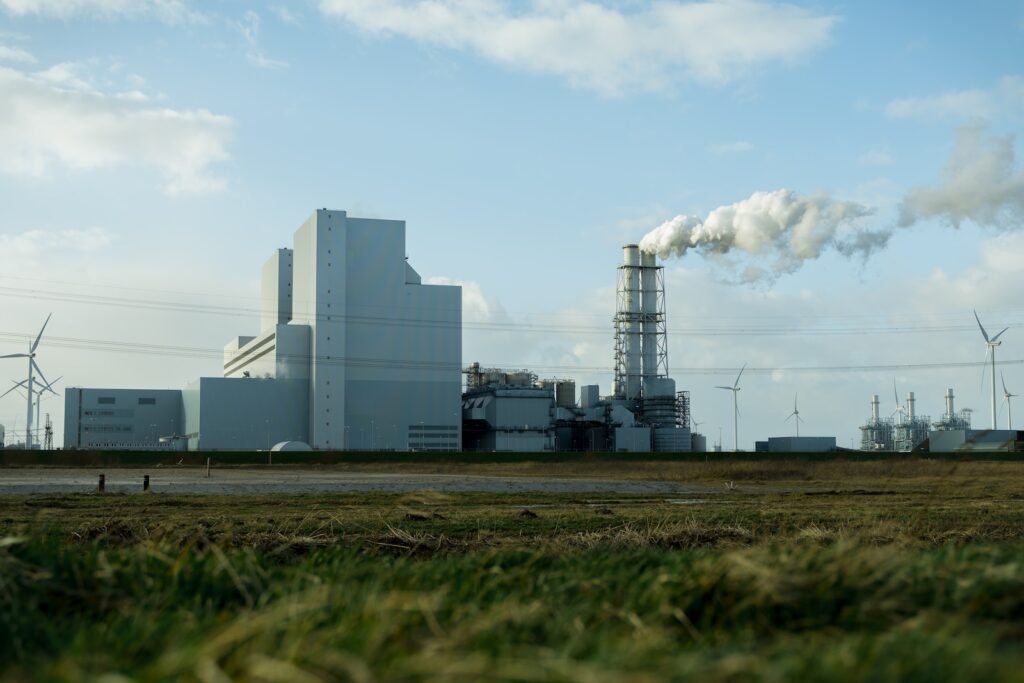
Understanding the Industrial Market Trends in San Joaquin County
Analyzing market trends requires a detailed look at various metrics over a period of time. There’s no one-size-fits-all answer, but by examining crucial data points such as average asking rate, absorption, and vacancy rate, we can indeed gauge the market pulse.
So, how has the industrial market in San Joaquin County trended, specifically over the last couple of quarters?
Recent Market Dynamics
Comparing the quarters from Q3 2022 to Q3 2023, we observe several important changes within San Joaquin County’s industrial sector:
- The Total Inventory Square Footage (SF) has steadily increased, indicating expansion.
- There’s a fluctuating trend in the Vacancy Rate, which had dipped to 5.3% in Q3 2022, increased to 7.8% by Q3 2023.
- Average Asking Rate remained relatively stable, with a slight rise from $0.70 to $0.71 on a triple net (NNN) basis.
- Net Absorption saw a significant drop in Q2 2023 but rebounded in Q3 2023, showcasing a mixed absorption trend.
The ebb and flow of these figures depict a market that is growing yet experiencing fluctuations within specific quarters.
Assessing Submarkets for Development Potential
Now, which submarket seems most favorable for developers based on the average asking rate, absorption, and vacancy rate?
| Submarket | Avg Asking Rate (NNN) | Current Net Absorption | Vacancy Rate |
|---|---|---|---|
| Tracy | $0.80 | 208,558 SF | 6.8% |
| Lathrop | $0.71 | 766,168 SF | 9.5% |
| Manteca | $1.46 | -141,756 SF | 4.0% |
| Stockton | $0.67 | 259,292 SF | 9.1% |
From these data points, Tracy and Stockton stand out due to more favorable vacancy rates combined with positive absorption. A higher asking rate, like in Manteca, may not be as attractive for development concerning investment return.
My Development Recommendation
Considering the balance of average asking rates, positive absorption rates, and moderate vacancy rates indicating demand, Tracy submarket looks to be the most favorable. With the highest asking rate at $0.80, consistent net absorption growth, and a vacancy rate of 6.8%, it indicates a strong market without being over-saturated.
Why Tracy?
- Higher asking rents can potentially mean a higher return on investment.
- Its vacancy rate sits comfortably below the average, suggesting that new developments could fill up relatively quickly.
- Positive net absorption reinforces the demand for industrial space within this submarket.
Yet, as every seasoned developer knows, these figures are just the starting point. Comprehensive market analysis, including factors like transportation, workforce availability, and economic incentives, is crucial before breaking ground.
Surprises in the San Joaquin County Industrial Market Data
Surprises in data can often reveal insights that challenge our assumptions or highlight trends that might not be immediately apparent. In reviewing the San Joaquin County industrial market data, a few unexpected findings stand out.Manteca’s High Asking Rate
The high average asking rate in Manteca is particularly surprising:- Avg Asking Rate (NNN): $1.46 – This is significantly higher than the other submarkets, even though it has negative net absorption and a comparatively low vacancy rate. One would generally expect high rates to correspond with high demand and absorption rates, but that doesn’t seem to be the case here.
Market Contradictions: Absorption vs. Vacancy
Another intriguing point is the contradiction between net absorption and vacancy in some submarkets:
- Lodi and Manteca have negative net absorption figures, yet they maintain low vacancy rates. This paradox could indicate a recent churn in tenants rather than a long-term lack of demand.
- Ripon stands out with a 0.0% vacancy rate and 0 SF net absorption, which implies there hasn’t been recent development or market movement – effectively a stable but stagnant market. Lathrop’s High Net Absorption Yet High Vacancy
- Current Net Absorption: 766,168 SF – This is notably high and suggests strong demand.
- Vacancy Rate: 9.5% – Despite such demand, the vacancy rate remains relatively high, which might suggest a mismatch in types of space available versus what is being sought, or possibly a recent influx of new construction boosting the vacancy rate temporarily. The Stability of Stockton’s Market
- Avg Asking Rate (NNN): $0.67 – The asking rate is relatively low compared to Tracy and Lathrop.
- Current Net Absorption: 259,292 SF – Showing good demand.
- Vacancy Rate: 9.1% – Despite the good absorption rate, the vacancy is relatively high which again might be the result of recent developments. Takeaways from the Surprisese
Real estate can be counter-intuitive at times, and such anomalies may represent unique opportunities or serve as a caution. It is essential to look beyond the numbers and understand the local dynamics, including zoning laws, economic development plans, or even one-off events that may have affected the market.
Considerations When Building in San Joaquin County
Building a new project always comes with its fair share of excitement and risk. In San Joaquin County, there are certain factors worth being cautious about, as well as positive aspects that can entice a developer.
Aspects to Be Wary Of
Here are some elements that could raise red flags:
- Negative Absorption: In submarkets where negative absorption is noted, such as Lodi and Manteca, this might signal declining demand for industrial space.
- Mismatched Supply and Demand: High vacancy rates coupled with high absorption, like in Lathrop, might indicate a surplus of certain types of spaces, like outdated or improperly sized facilities.
- Unexpected High Asking Rates: In submarkets with disproportionately high asking rates, such as Manteca, caution is due—these rates might not be sustainable or could reflect niche market conditions that may not apply broadly.
- Economic Conditions: Factors external to real estate, like employment rates, local industry performance, and infrastructure development, can hugely impact the success of a new project.
Positive Indicators for Development
Conversely, certain data points provide cause for optimism:
- Consistent Demand: Areas with positive net absorption and manageable vacancy rates, like Tracy and Stockton, suggest a healthy demand for industrial space.
- Steady Asking Rates: Submarkets with stable and reasonable asking rates may predictably attract tenants, making financial forecasting more reliable.
- Growth Potential: Submarkets with growing infrastructure, supportive local governance, and economic incentives are typically promising for new developments.
- Location Advantages: Proximity to transportation hubs, ports, and major highways can be a significant draw for logistic-related tenants.
Risk Evaluation of Submarkets
The highest risk submarket is subjective and depends on interpretation, but let’s analyze the data we have:
- Manteca: Despite its lower vacancy rate, the negative absorption and inflated asking rates pose a concern that demand may not meet the expected rents, leading to potential cash flow issues for developers.
- Lodi and Ripon: With negative and zero net absorption, respectively, these markets seem to be at a standstill, which could be risky for new developments expecting quick tenant turnovers.
Final Thoughts on Market Vigor
A thorough investigation of these indicators can practically sing odes to cautious optimism or raise enough red flags to rethink development strategies. The vibrancy of a given submarket can often be ascertained through boots-on-the-ground research, understanding the nuances of each community, and seeking local experts’ counsel. In San Joaquin County, Tracy and Stockton have showcased characteristics that tend to excite developers: a robust balance of asking rates, healthy demand, and controlled vacancy levels.
Moreover, remember that what’s fascinating in real estate is how today’s risky submarket could be tomorrow’s hottest area; currents change, and staying ahead means keeping a finger on the market’s pulse. Do you have your sights set on one submarket, or are you still weighing the risks and rewards?

